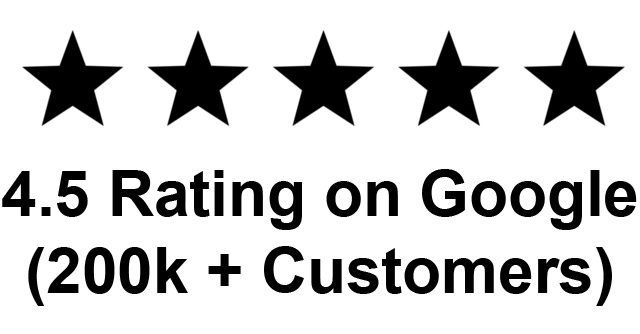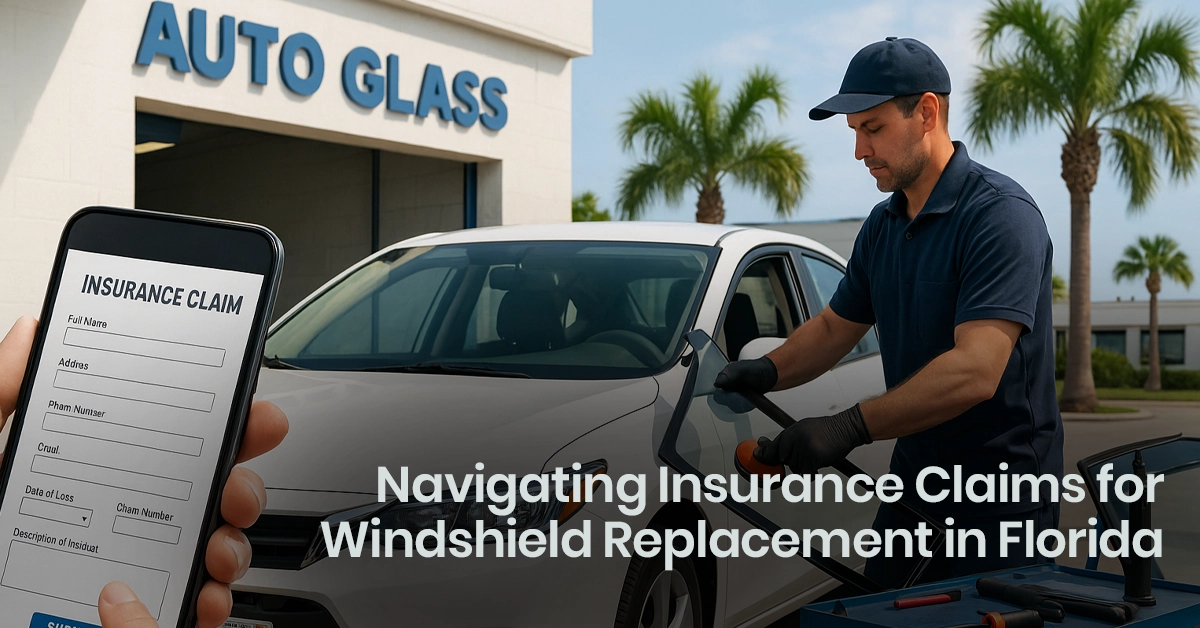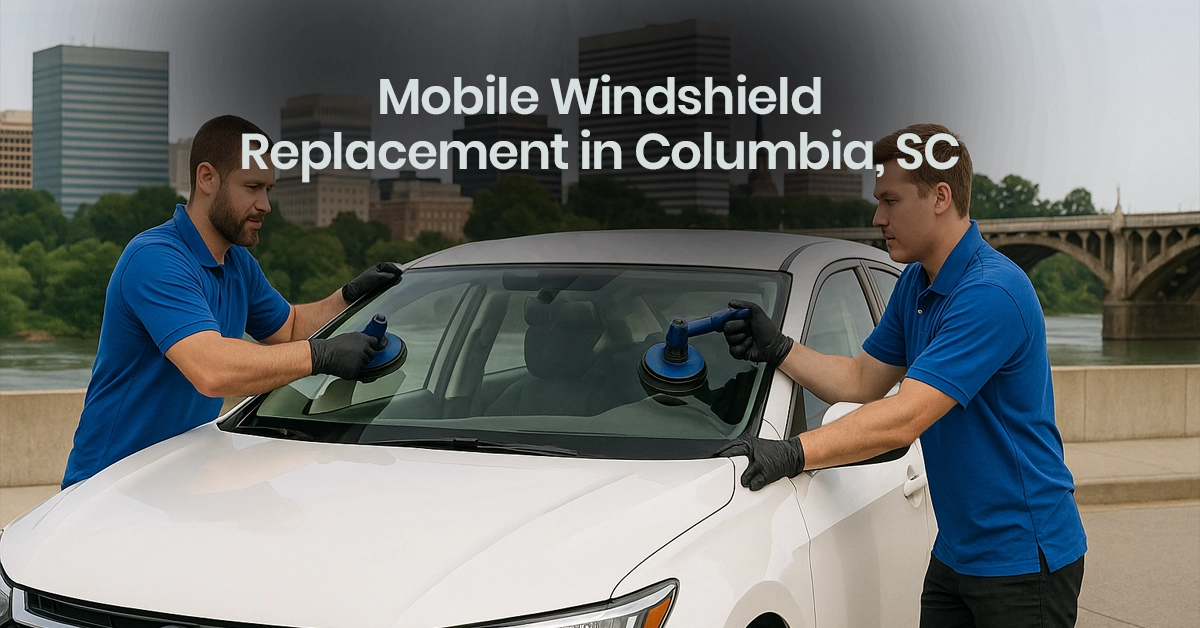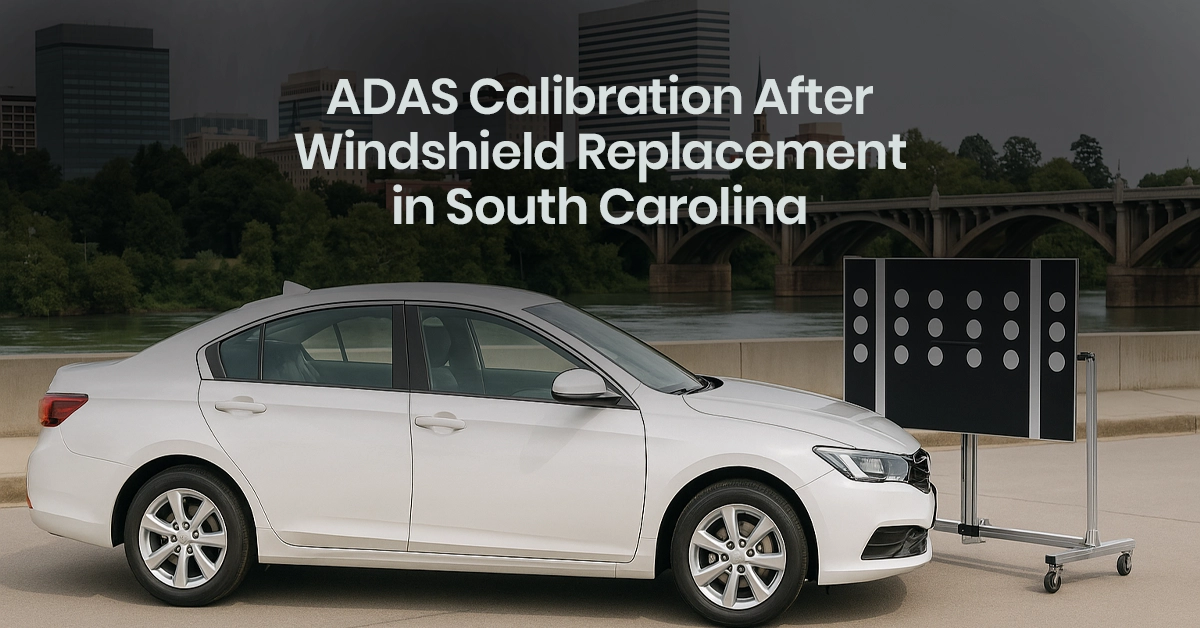Exploring the Difference Between a Windshield and a Windscreen
August 31, 2023
You probably never give a second thought to the screen in front of you unless it breaks when driving, but has it ever crossed your mind why there are two names for it?
You have always been confused by the terms ‘windshield’ and ‘windscreen’, which seem to be used interchangeably. Well, are they the same thing, or is there some subtle difference?
They refer to the same car part: the glass that protects you and other passengers from the elements. However, the meaning of these words is used differently according to geographical regions.
So, if you want more about windshield vs. windscreen, the origin of these words, and the regional differences, keep scrolling!
Windscreen Vs. Windshield: An Overview
Though the size of the protective glass panels is different for cars, trucks, and buses, they are designed to shield passengers from dust, debris, wind, and rain, among other things.
Here are some of the benefits:
- The glass panel is made of laminated glass, which is highly resistant to shattering on impact, maintaining your car’s optimal structural integrity.
- The glass panel ensures clear field visibility and panoramic views.
- It helps the airbags to function effectively.
- The glass panel enhances the ability to soundproof your car from all the external noises.
- The use of advanced technology has, over the years, prompted manufacturers to embed various sensors, advanced driver assistance systems, and more into windshields.
- The glass panel houses several ADAS cameras and sensors.
- There is no difference in the build or composition of a windscreen or a windshield.
What is a Windshield?
In the USA and Canada, people use the term “windshield,” where “shield” refers to a barrier against wind and other elements.
So, is a windshield a window? We call the front and back windows of the automobile the front and rear windshields, respectively. However, we do not call the side windows windshields.
Since we now know what a windshield is, let us find out what a windscreen is.
What is a Windscreen?
In North America, auto parts called windshields are known as windscreens in many English-speaking countries. In this regard, the term screen implies a protective surface in countries such as the United Kingdom, Australia, South Africa, and New Zealand.
Windshield Vs Windscreen: The Differences
“Windshield” is predominantly used in American English, while “windscreen” is more commonly employed in British English. Their common purpose is to denote the main protective glass pane at the front of the vehicle, guarding its occupants from wind, debris, and other elements.
Here are some of the key differences between windshields and windscreens. Regional Terminology Differences
The windshield and windscreen refer to the same auto part, but why do they use different names?
- Cars were being mass-produced and introduced across the globe in the 20th century.
- Linguistic variations crept in to describe the various auto parts.
- The glass panel was a welcome addition to the open-topped vehicles.
- Given the language preferences for the terms screen and shield, the different regions adapted the terms to describe the glass panel accordingly.
| Factors | Windscreen | Windshield |
|---|---|---|
| Etymology |
|
|
| Usage |
|
|
| Functional Context |
|
|
However, regardless of regional differences, people refer to the transparent glass panels in motorbikes and the aviation industry as windscreens.
Conclusion
While windshields are predominantly used in America, in the UK, it is called windscreens. However, you don’t have to worry about the windshield vs. windscreen debate since both terms essentially refer to the same component.
Regional, linguistic, and cultural disparities explain why the front windscreen is addressed by two names.
Irrespective of how you call the windscreen on the car, they are prone to damage. Depending on the extent of the damage, you have two options: windshield replacement or repair.
If the damage is minimal, you can go in for windshield repair. It’s inexpensive and an environmentally friendly option. However, for comprehensive and multiple damages, windshield replacement is the go-to solution.
If you are looking for professional windshield repair or replacement in Arizona, South Carolina, or Colorado, look no further than Nuvision Auto Glass.
Contact us today for state-of-the-art auto glass services with a lifetime guarantee.







